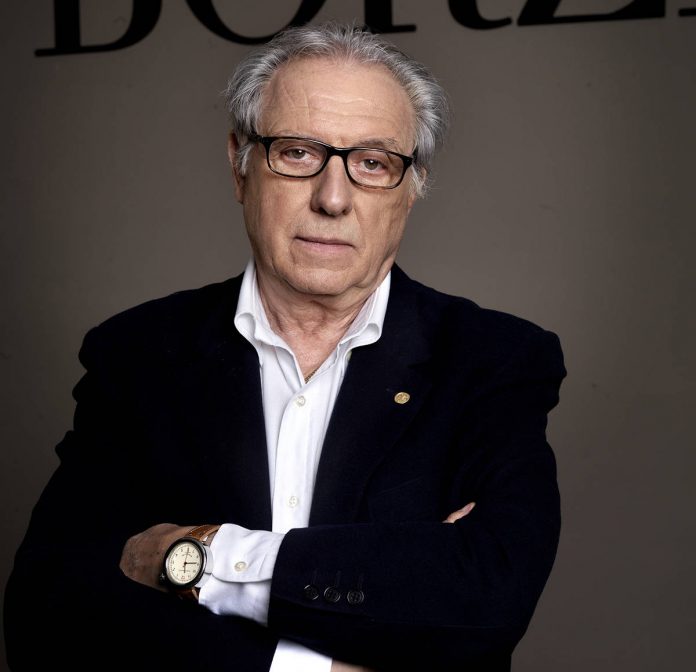1. With Tuttuno, you anticipated a trend and a need that is certainly very visible today. What do you predict will happen with interiors?
As always, the future is built with little steps, starting today. And now, unlike when we created Tuttuno, it is not a single object that must be designed but a whole series of environmental relationships in which the collections can be accommodated and become focal points of the style and personality of the living space.
2. How has the approach to design changed over the years from the perspective of the designer?
I have been working for more than 40 years in the field of design and I have seen great changes to the sector in that time. Primarily, the current phase is the result of a move away from a strictly artistic approach – as it was originally – to a more broadly entrepreneurial one. For young people in the seventies, design was more of a creative outlet: you played with forms, novelty, the revolution in lifestyles that translated into a revolution in furnishings. The symbolic object of this change, to give an example, was the sofa, capable of directing and transforming ways of spending time together. So there was a whole world to explore and invent. Today, that is no longer the case. Interior design has become primarily a financial and economic field that must balance the books on a global market.
3. Isn’t this perhaps a downside of the sector?
No, it is a sign of the times; it is necessary to grow and build solidity and concreteness. The key point is retaining the balance between design per se, which is inseparable from creativity, and the business sphere, which, if it gets the upper hand, risks undermining the vital artistic and intellectual nature of design and, therefore, the designer. The aspect I am dealing with all the time is trying to convey my artistic design while making it understood that today’s costs are tomorrow’s investments. In conclusion, I used to concentrate above all on ideas and new developments; now the global aspect of the project must be optimised and controlled.
4. So the relationship with companies changes?
Today, companies ask above all to be informed, down to the fine details, about the costs and the use of production technology. Having decided the design together, with the opportunity to share the company’s catalogue in terms of styles and artistic proposals, there must be the ability to carry it through to the engineering and steering the product's promotion.
5. Is this the new challenge you have undertaken with Borzalino?
I have been working with Borzalino since 2000. In those days, I initiated a fruitful collaboration with the then owner, Galeazzo Fedi, who I immediately found to be on the same wavelength. The company was built on solid business and managerial foundations, with the robust know-how and the commercial far-sightedness typical of Tuscan entrepreneurs. Everything was therefore in place to ensure the company would grow, which was promoted and encouraged by the current management, Cristiana Fedi and Matteo Pieri. With the owners, we are committed to ensuring that the potential and quality of the processes accrued over time by this business are not lost but, on the contrary, are enhanced until they become the raison d'être of the new way forward.
A way forward that, in the light of the current conditions, can only be global. It is no longer enough to be a small company operating within an exclusively national context, the global markets must be addressed.
6. Stylistic austerity is a value that has always marked your design. Is it also a philosophy of life?
I would say so. My design is always firmly calibrated with a sense of proportion and concreteness. The choice to operate in Tuscany, made consciously by me in the seventies, was not by chance. I owe my training to Milan and I have given it expression in a provincial sphere not devoid of culture and creativity, that is, Tuscany: allow me to mention La Falegnami, Arketipo, Segis and Dema.
The centre is there, but there’s also the periphery. Now it is being talked about: to be precise, the talk is of mending. I say there is potential in the periphery that must be understood and that, in some ways, is ahead of its time. The centre has enjoyed grandeur, opportunity and wealth; by its nature, the periphery has had to and must continue to come to terms with a sense of proportion. Now that the world must put up with limits and privations, the periphery may become a point of reference. I built my style with determination, I am aware and proud of it.







